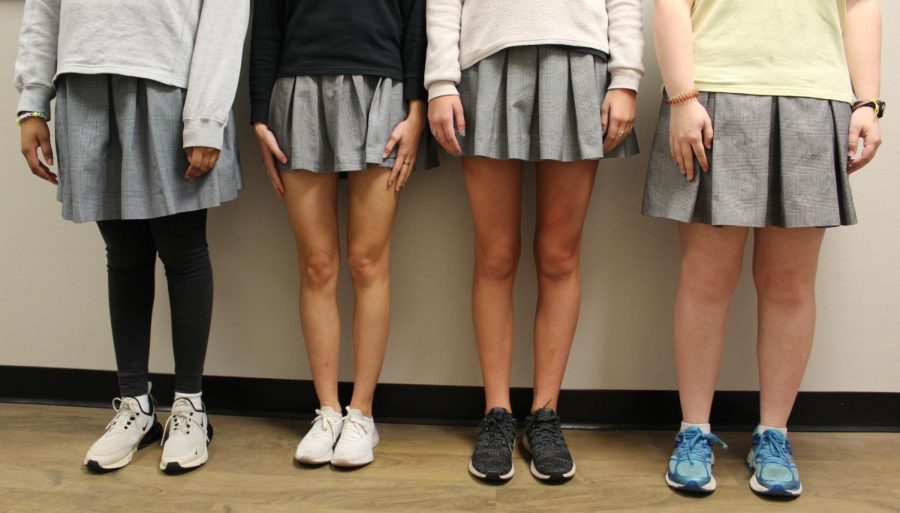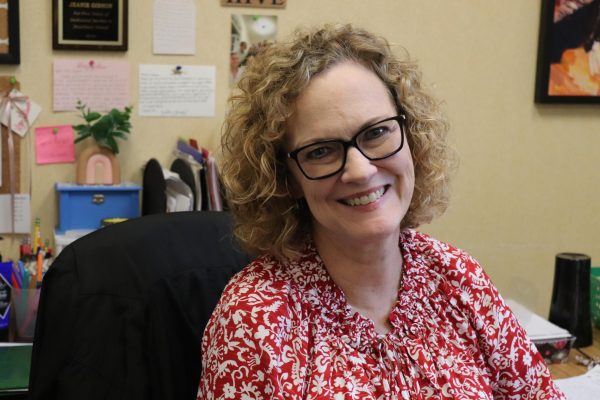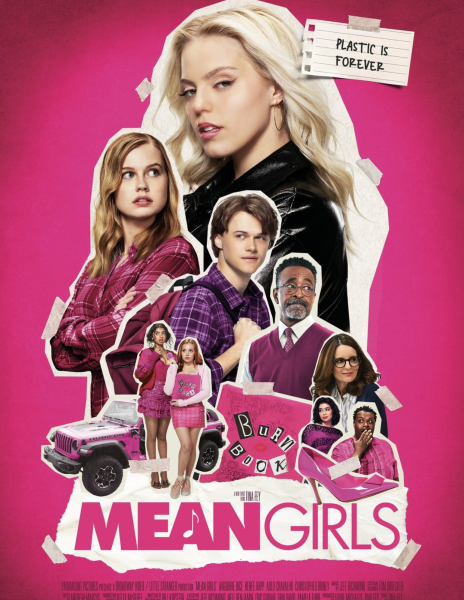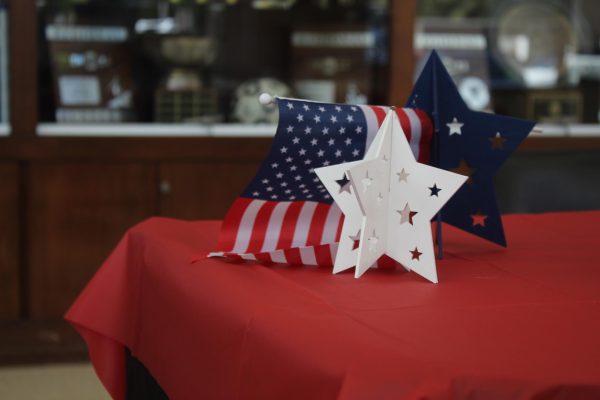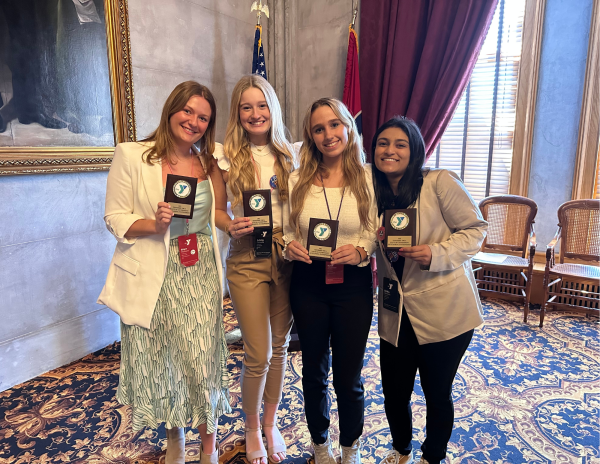Dress Code Decode
Parker Uniform, a major uniform supplier for private schools around Memphis, closed unexpectedly on Thursday, January 4, 2018, leaving schools – including Hutchison – and parents to search for new options before the next school year. At Hutchison, this news sparked meetings about potential uniform companies, prompted many questions from the school community, and caused us all to consider what we want the uniform to look like.
However, uniforms are a relatively new requirement for Hutchison Upper School students. Upper School Assistant Head Mrs. Katy Nair explains, “They started wearing uniforms during the 2003-2004 school year… the little kids had a uniform they wore… on P.E. days.” Nair explains that it was the class of 2006 that truly catalyzed the shift in student attire. “We had been talking about whether we wanted to go to a uniform or not… That class [of 2006] came and asked me when they were sophomores if the uniform skirts were inside the dress code… so the whole class started buying uniform stuff. The student council leaders brought the proposition of requiring uniforms to the school and we did a survey, and everyone decided that they wanted to go to uniforms. It was both parents and kids [who filled out the survey].” From there, the Heads of School, Admissions, Lower, Middle, and Upper School collaborated to write the dress code. These leaders of our school had to discuss questions about what rules we should have and why they should exist, some of which still plague the student body today.
One of the most prominently questioned – and broken – rules of the dress code is that students are prohibited from wearing non-Hutchison approved sweatshirts. But with so many Hutchison sweatshirts – some approved and some not – available via the Buzz Shop, athletic spirit shops, and online uniform stores, how can students know which they can wear throughout the school day? According to Nair, “When we first added sweatshirts to the Hutchison uniform, there were only one or two options but over time, it has expanded… All the uniform-approved sweatshirts are black, gray, white, or gold and say Hutchison on them.” Other sweatshirts are not a part of the dress code for “socioeconomic reasons;” for example, a sweatshirt “that has any kind of status to it would not be a part of our dress code,” Nair states. Many students argue that restricting sweatshirts does not prevent students from showing off socioeconomic status. All the students are still allowed to wear designer purses and shoes to school and drive expensive cars. Nair refutes the argument, saying that “purses, shoes, etc. are accessories that we do not have control over.” As temperatures drop, check out the Buzz Shop or the uniform swap for sweatshirts – just be sure to check if they are uniform-approved.
Beyond just the Hutchison community, there are constant debates around our country and news articles about unjust female dress codes, particularly in terms of skirt length. How does one decide the appropriate skirt length, and what prompts those rules? Here at Hutchison, “society determines those rules for us” according to Nair. Students should wear uniform skirts that reach no shorter than one inch past the individual student’s finger tips, and the Upper School student should not wear the uniform skort from the Middle School dress code as “it is made shorter” than the other skirts and “girls tend to cut out the shorts from the skort.” In terms of enforcement of the rules, students notice a discrepancy in that some faculty members seem to enforce skirt length rules more than others. Nair explains that this happens because “some teachers have trained themselves to notice [dress code infractions] more than others.”
Our current culture begs one question: will the Hutchison pants ever return? According to Nair, “that is something to address with student council but in the past, most people have chosen the skirts over the pants.”
If a student would like to address a problem she has with the uniform, Nair encourages her that she should “probably go through student government first, and go to her class representative or the student council, and then the student council could propose a change to the Upper School.”



